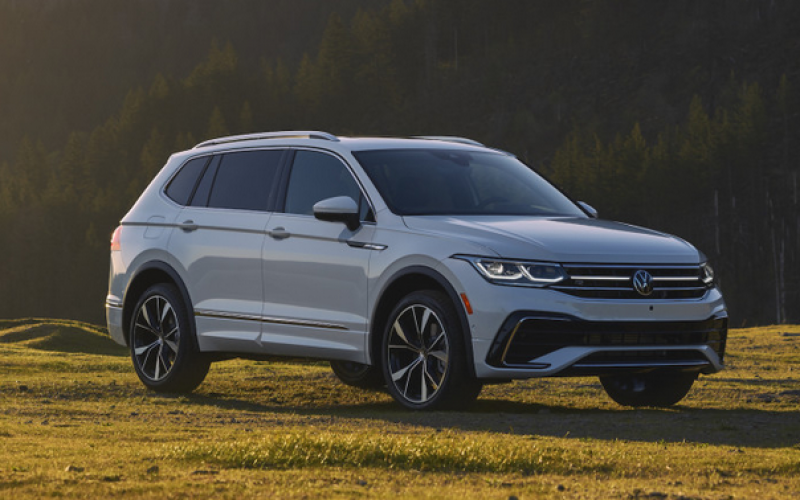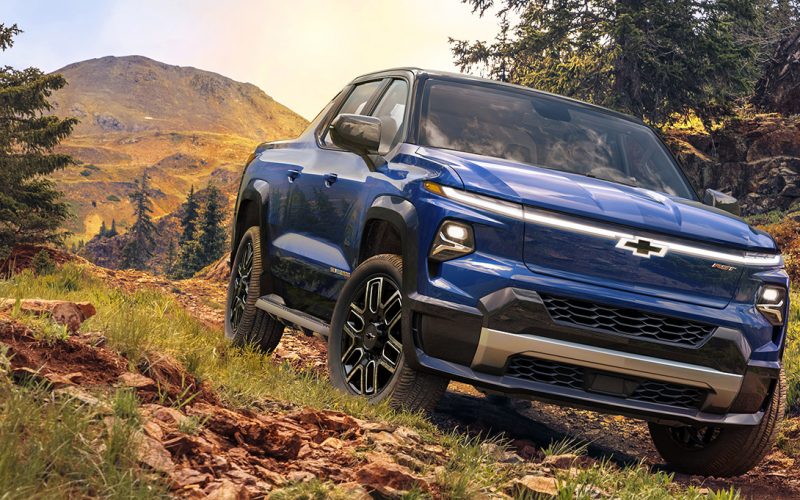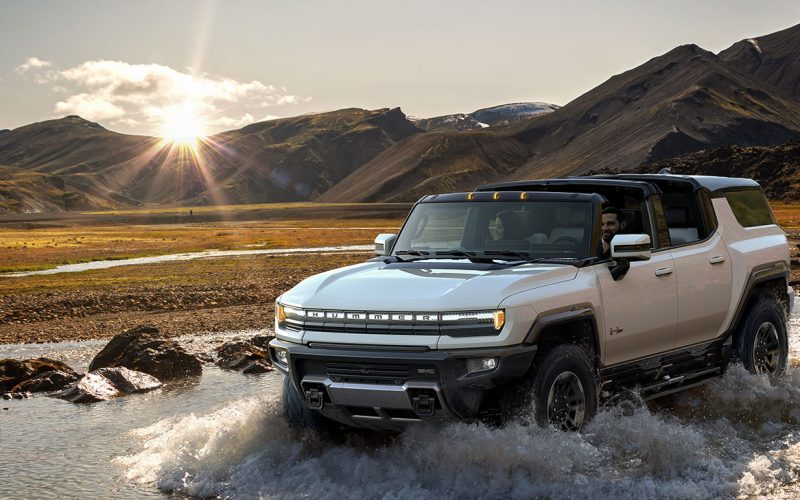
Reading Time: 3 minutesRegarding compact SUVs, it’s often difficult to find that sweet spot between utility and style, fuel

Reading Time: 7 minutesWith an estimated 200,000-plus F-150 Lightning orders in the books, Ford has clearly shown the market

Reading Time: 9 minutesIt was fewer than six months ago that General Motors revealed its upcoming Hummer EV pickup
© 2025 The Car Magazine. All Rights Reserved, Privacy Policy | Terms of Use